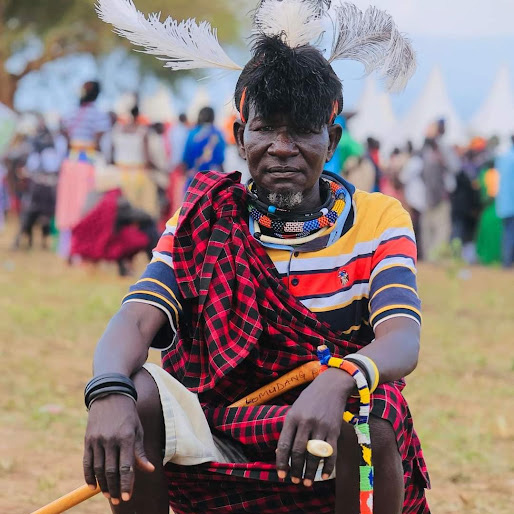The Serengeti sits near the equator yet experiences distinct wet and dry seasons that shape every safari moment. Daytime temperatures range from the mid-20s °C in the rains to low-30s °C in the dry heat. Nights can drop into the teens during the coolest months. Understanding month-by-month patterns helps you match your trip to the wildlife spectacle you seek.
Rainfall comes in two pulses: the “long rains” from March to May and the “short rains” around November and December. Between these wet spells lie clear skies and excellent game viewing. Read on to see the pros and cons of each month.
Daytime highs hover around 28 °C, with nightly lows near 20 °C. Showers from December’s short rains often linger into mid-January, keeping the southern plains lush.
Calving peaks early in the month, drawing predators into the southern Serengeti. Fewer vehicles on muddy trails mean more intimate encounters with newborn wildebeest and zebra foals.
Pros
Temperatures remain warm, 29 °C by day and 20 °C at night. Rainfall tapers off, and the grass stays tall and green.
With calving in full swing, you’ll see predators working the edges of herd clusters. Migration herds begin to shift northward, leaving behind fresh grazing.
Pros
Long rains arrive mid-month, with heavy downpours that can last all day. Daytime highs sit near 27 °C; nights around 18 °C.
Game disperses as rivers swell. Birdlife peaks with migratory species arriving, but big-game sightings become more scattered.
Pros
This is the wettest month: expect daily rains, sometimes lasting into the evening. Temperatures range from 26–28 °C by day, dipping to 17 °C at night.
Wildlife viewing slows as animals spread out. Trails can close entirely, but keen photographers capture dramatic rain-filled skies and mirror-like puddles.
Pros
Rainfall eases but remains frequent through early May. Daytime highs of 28 °C and nights around 18 °C.
As the land drains, wildlife reconvenes around remaining water sources. The plains stay green, and predators follow concentrated herds.
Pros
The dry season kicks in. Daytime temperatures climb to 30 °C; nights fall to 16 °C. Skies clear and dust settles.
Animal movements centre on permanent rivers. The Serengeti’s northern and western circuits open fully, offering classic Big Five sightings in crisp light.
Pros
Highs reach 31 °C; lows around 15 °C. Minimal rainfall. The Mara River crossings draw the largest crowds.
Witness the pulse of the migration up close as thousands wait for the cue to plunge into crocodile-inhabited waters. Game-viewing vehicles line the banks in anticipation.
Pros
Temperatures mirror July’s, with dawn temperatures near 14 °C. Rare showers fall late month.
Crossings continue into early August. By month’s end, herds push north toward Kenya, thinning out river congestion.
Pros
Daytime highs of 32 °C and nighttime lows around 17 °C. Virtually no rain.
With the herds’ northward exodus, wildlife viewing shifts to the central and western plains. Predator activity remains high as animals follow scattered pockets of game.
Pros
Short rains begin late in the month. Temperatures range from 31 °C days to 18 °C nights.
The first showers freshen the grass, and resident herds return south. Bird migration resumes, and few safari vehicles roam the park.
Pros
Short rains intensify. Daytime 28 °C; nights 18 °C.
Grasses turn emerald and the air fills with rain-forest scents. Predator-prey dynamics slow, but photographers capture rain-dripped landscapes.
Pros
Early December sees the end of short rains by mid-month. Daytime highs of 29 °C; lows of 19 °C.
The landscape remains green for weeks after the last showers. Quiet plains and fresh waterholes attract resident game before the dry season rush.
Pros
The Serengeti’s climate cycles between lush, rain-filled seasons and clear, dry months, each offering unique wildlife moments. Your choice of month shapes the landscapes you see and the animals you encounter. Will you time your safari for newborn calves in January, dramatic river crossings in July, or the emerald quiet of November?
Give Us a call or arrange a meeting with one of our Travel Consultants to discuss more your Tanzania Safari Adventure



Made in Arusha - Tanzania :)
Copyright © 2026 Serengeti Mara Experts LLC All Rights Reserved